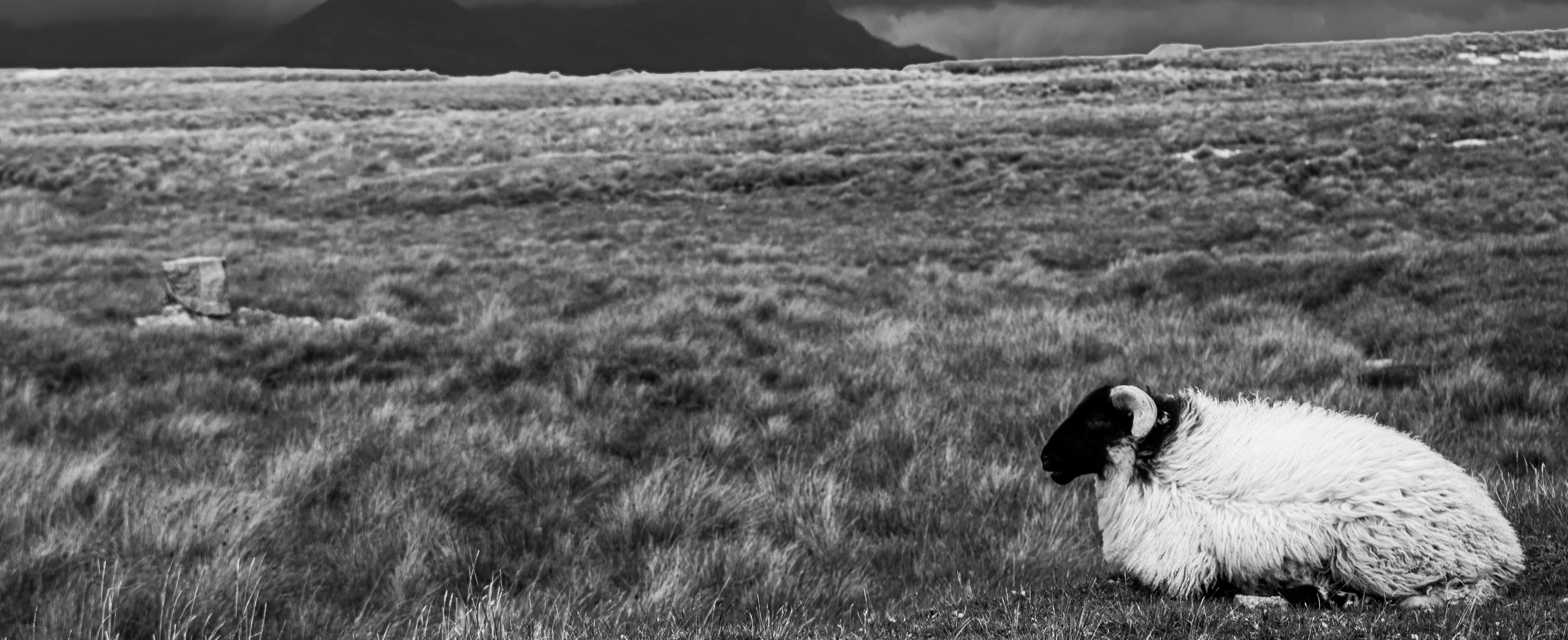Abstract
Numerous scientific studies and non-scientific works document diverse nonhuman animal species exhibiting distress and grief-like behaviour at the loss of proximal subjects (significant others). The inability of humans to inhabit other animals’ minds and feelings, including the experience of grief, often translates into negation of nonhuman animals’ possession of such capacities, or of different levels of them. This paper reviews and synthesises scientific evidence from neuropsychological and biological sources that predict nonhuman animals’ capacity for grief and feelings of profound loss, and establish that the core of these feelings for all animals, including humans, is attachment and the consequent separation distress. In exploring objections commonly raised by commentators of animal grief to ascribing a human-comparable grief dimension to nonhuman animals, the paper identifies several issues that need further consideration in trans-species grief studies. These include the widespread yet unfounded assumption of homogeneity/consensus in the understanding of key grief and death-related philosophical questions within the human species, and the debated over-emphasis of ‘higher’ cognitive processes in emotion-related issues – which in the case of grief studies tends to result in the underrating of the experience of separation distress.
How to Cite:
Brooks Pribac, T., (2013) “Animal Grief”, Animal Studies Journal 2(2), 67-90.
Downloads:
Download PDF
973 Views
4984 Downloads

